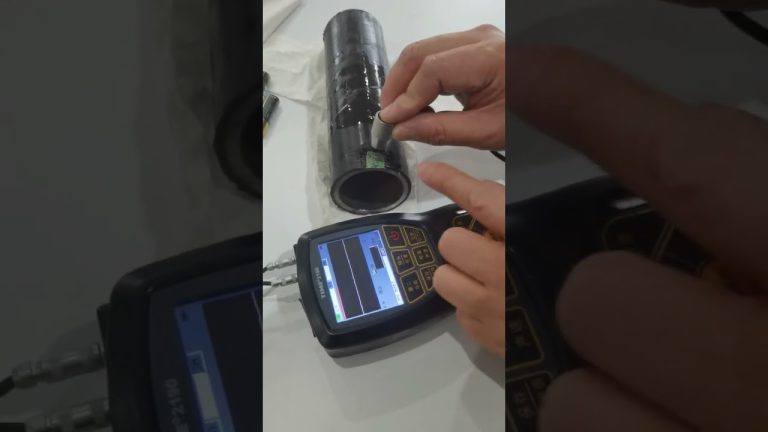Quenched and Tempered Steel
The hardness test of quenched steel and tempered steel mainly uses the HRC scale. If the material is thin and it is not suitable to use the HRC ruler, the HRA ruler can be used instead. If the material is thinner, the surface Rockwell hardness tester HR15N, HR30N or HR45N scale can be used.
case hardened steel
In industrial production, sometimes the core of the workpiece is required to have good toughness, and its surface is required to have high hardness and wear resistance. In this case, high-frequency quenching, chemical carburizing, nitriding, carbonitriding and other processes must be used Perform surface hardening treatment on the workpiece. The thickness of the surface hardened layer is generally 0.0 to several.mm. For materials with thick surface hardened layers, the HRC scale can be used to test their hardness. For medium-thickness surface hardened steel, HRD or HRA scales can be used. For thin surface hardened layers, surface Rockwell hardness scales HR15N, HR30N, and HR45N should be used. .
Annealed steel, normalized steel, mild steel
Many steel materials leave the factory in an annealed state, and some cold-rolled steel plates are graded with different annealing degrees. HRB scale is usually used for hardness testing of various annealed steels. HRF is sometimes used for softer and thinner plates. HR15T, HR30T, and HR45T scales should be used for thin plates.

Stainless steel
Stainless steel materials are usually supplied in annealed, quenched, tempered, solid solution and other states. National standards stipulate the corresponding upper and lower hardness limits. The hardness test usually uses HRC or HRB scales. Austenitic and ferritic stainless steel use HRB scale, martensitic and precipitation hardening stainless steel use HRC scale, stainless steel thin-walled pipes and thin plate materials with a thickness of less than 1~2mm should use N scale or T scale.
forged steel
Brinell hardness test is usually used for forged steel. Because the material structure of forged steel is not uniform enough, the indentation of Brinell hardness test is large. Therefore, the Brinell hardness test can reflect the comprehensive results of the structural properties of each part of the material.
cast iron
Cast iron materials often have the characteristics of uneven structure and coarse grains, so Brinell hardness test is generally used. Rockwell hardness tester can be used for hardness testing of some cast iron workpieces. Wherever there is not enough area for Brinell hardness test on the small section of fine-grained castings, HRB or HRC scales can often be used to test the hardness, but it is best to use HRE or HRK scales because HRE and HRK scales use 3.175mm diameter steel. ball, it can get better average readings than the 1.588mm diameter steel ball. For hard malleable iron materials, HRC is usually used. If the material is uneven, multiple data can be measured and the average value can be taken.
Cemented carbide (tungsten carbide)
The hardness test of cemented carbide materials usually only uses the HRA scale.







